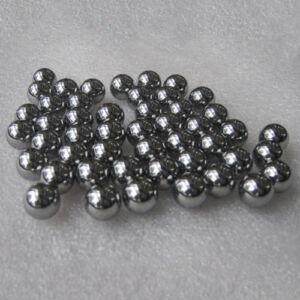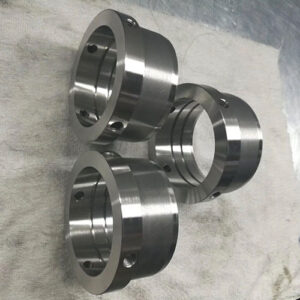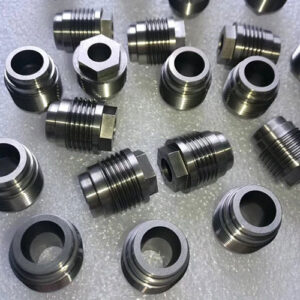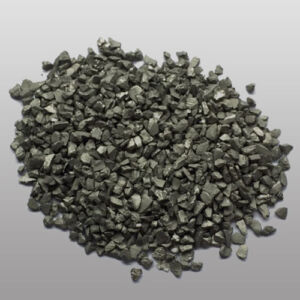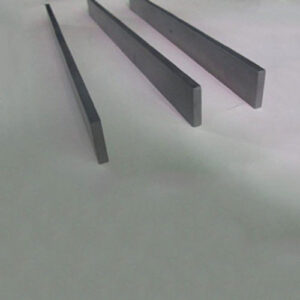Tungsten Alloy Radiation Shielding
Tungsten heavy alloys are outstanding materials for collimation and shielding of gamma radiations and x-rays. Industries prefer using tungsten heavy alloy shielding due to its multifarious properties, which include high radiation absorption, corrosion resistance, ductility, durability, radiation density, adaptability, machinability, low toxicity, strength and so on. All these qualities tend assorted industries to adopt tungsten heavy alloy shielding for myriad applications like nuclear and instrumentation equipment, geologging, oil well logging tools, and more. In addition, applications like industrial radiography, pipeline inspection gamma, homeland security & border control, etc also make religious use of tungsten shielding.
Tungsten radiation shielding include following applications:
Medical Radiation Shielding
Tungsten alloy(heavy alloy) is ideal for shielding against X rays and gamma radiation used in medical industry. The very high density of tungsten shielding (more than 60% denser than lead) allows a reduction in the physical size of shielding components, without compromising their rigidity or the effectiveness of the shielding characteristics. Tungsten heavy alloy shielding is used in applications such as collimator, nuclear shielding, beam stop, PET syringe shield, vial shield, isotope container, FDG container, multileaf collimator etc.
Geologging
Geologging is an exploration technique used mainly in the oil and gas industries. It is also known as wire line logging and borehole logging. A gamma ray source is lowered into a borehole and the radiation penetrates the rock strata. This data can then be analyzed to determine whether deposits of gas or oil are present. Tungsten alloy is used to shield the radioactive source and acts as a collimator for the gamma beam.
Pipeline Inspection Gamma
Radiation is used to inspect welds and to detect cracks in pipelines. A gamma source is mounted on a remote-controlled wheeled trolley (sometimes called a "pig") and travels inside the length of the pipe. Tungsten collimator is used to direct the radiation onto the target, whilst the radioactive source is housed inside tungsten shielding.
Industrial Radiography
Industrial radiography uses gamma radiation to detect structural faults in materials such as metal and concrete. As with pipeline inspection, the equipment uses tungsten shield, coupled with a tungsten collimator. Thickness, density and level gauging radioactive sources are used in industrial processes to measure thickness, density or levels of materials during production e.g. paper, plastic film, steel sheet or surface coatings. The material passes between a radioactive source, which is housed in tungsten alloy, and a detector. The strength of the detector signal is used to measure the thickness, density or level of the material.
Homeland Security & Border Control
The penetrating power of radiation has also been put to use in the fight against terrorism. The Homeland Security industry has designed scanners that use gamma radiation to detect objects in cargo containers or airline baggage. The radioactive sources are very strong and require tungsten shielding to protect security staff and members of the public from the radiation. A tungsten collimator is also required to direct the gamma radiation onto its target.




